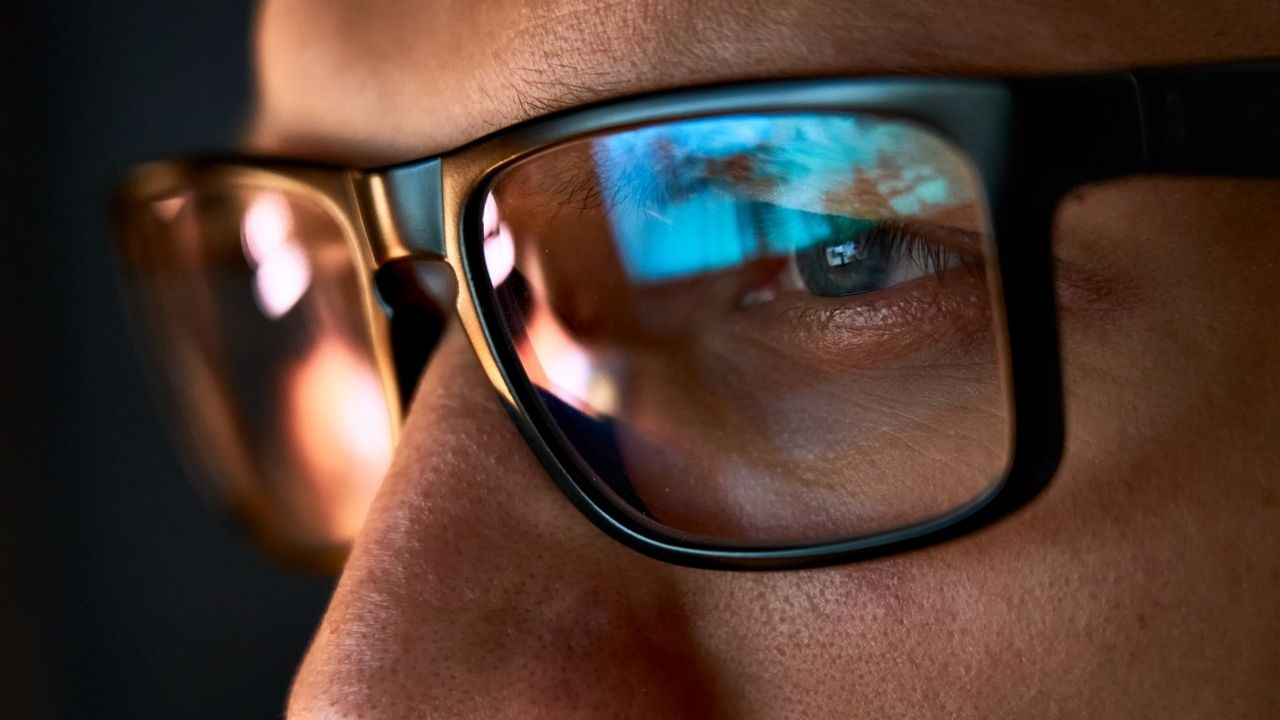Remote working has been a fulfilling dream for many employees. However, one of the unexpected outcomes has tarnished this work arrangement: increased work surveillance.
Mattel was among companies that caught flack for listing a remote-work only position that included the caveat of “period unplanned visits from a supervisor during scheduled work shifts” and that the role would require a “closed-door work area with no distractions of background noise (i.e. pets, children, machinery, music or talking).”
This policy was controversial to say the least, and the company quickly dropped the description.
Although Mattel is one of just a few companies that have tried to introduce their own methods of tracking remote workers, remote workers have been unsatisfied with this form of virtual micromanaging.
“It’s unusual to be so prescriptive about what your home office is,” said Maureen Ehrenberg, CEO of global facilities manager Blue Skyr. “What you see more commonly is that if you couldn’t really do it from home, [companies] could work a different type of arrangement.”
If companies are not confident that the position can be performed remotely in an efficient manner, it makes more sense to invest into a flexible or coworking space near their homes so workers can have a private, focused workspace.
However, some organizations have used surveillance software to review their employees’ daily activities, such as their conversations on internal company communication channels, whether they are on non-work-related websites, and more.
These tools existed pre-pandemic, especially among financial firms, which typically used this technology to protect workers from cyber attacks and ensure they were not leaking confidential information.


 Dr. Gleb Tsipursky – The Office Whisperer
Dr. Gleb Tsipursky – The Office Whisperer Nirit Cohen – WorkFutures
Nirit Cohen – WorkFutures Angela Howard – Culture Expert
Angela Howard – Culture Expert Drew Jones – Design & Innovation
Drew Jones – Design & Innovation Jonathan Price – CRE & Flex Expert
Jonathan Price – CRE & Flex Expert












